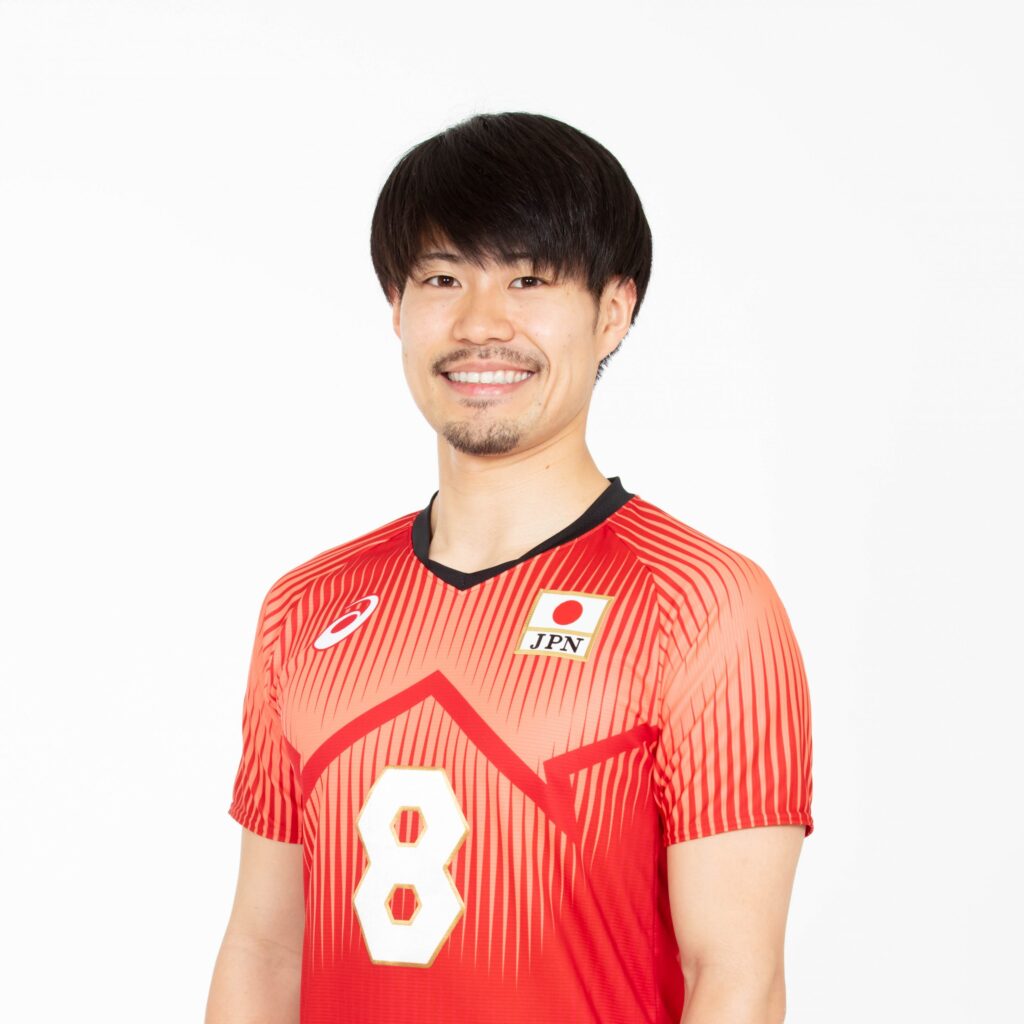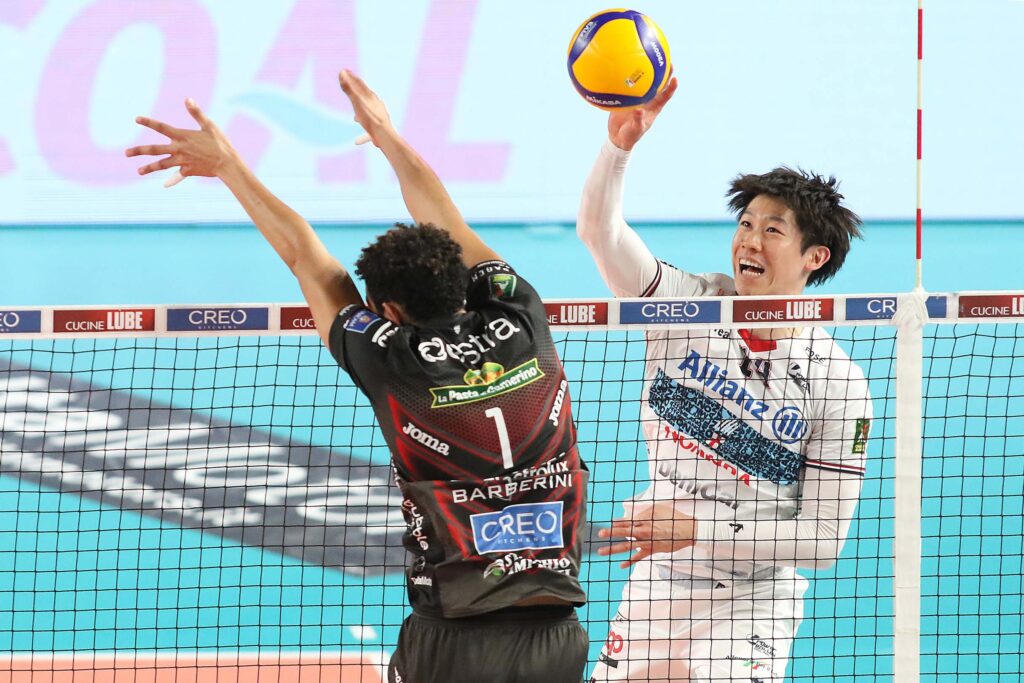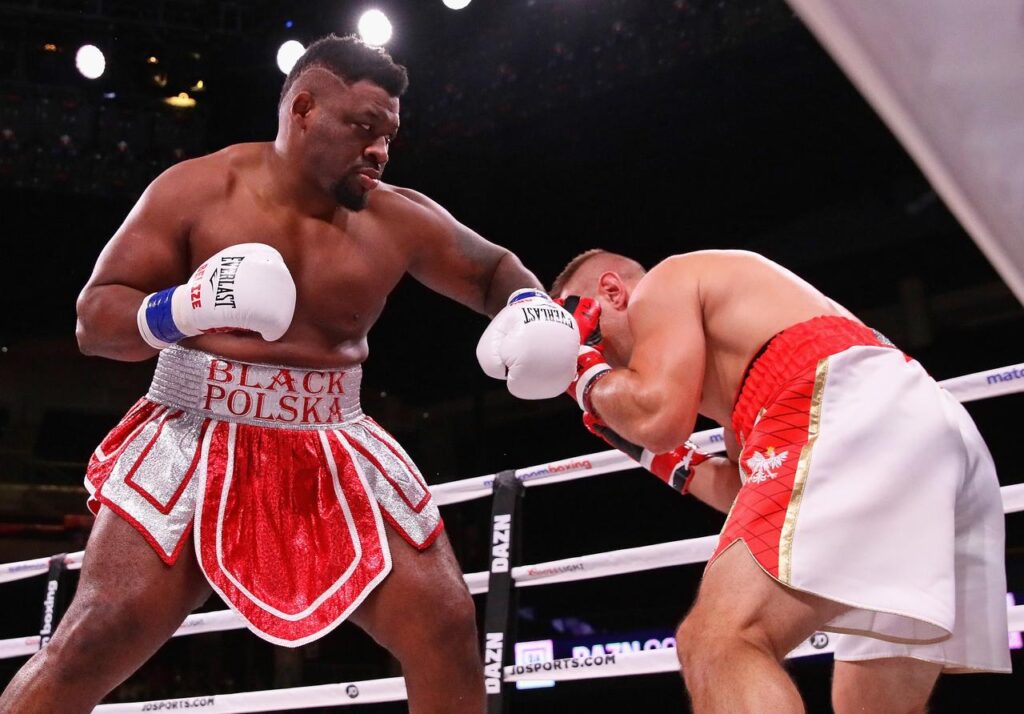
For those just starting Kendo, basic posture is the basis for improving technique.
“Motodachi” is one of the basic postures of Kendo, and if you can maintain the correct posture, you will improve the accuracy of your techniques and the quality of your matches and training.
In this article, we will focus on “motodachi” in kendo, and explain in detail its correct form, its importance, and accurate practice methods for beginners to intermediate players.
The content also touches on the relationship between spirituality and kendo, allowing students to learn not only techniques but also the state of mind.
In walking the path of Kendo, firmly acquiring this basic posture and applying it in daily practice is the first step to becoming a master.
目次
- 1 Introduction: What is “motodachi” in Kendo?
- 2 Basic posture of Motodachi: What is the correct form?
- 3 Kendo tips learned from Motadachi
- 4 Motodachi practice methods and tips
- 5 Application of Motodachi: Use in matches and practice
- 6 Conclusion: The influence of mototachi on kendo techniques
- 7 Frequently asked questions and answers: Frequently asked questions about Motodachi
- 7.0.1 Q1: How do I determine the correct foot position for motodachi?
- 7.0.2 Q2: When I stand up and straighten my back, I tend to use too much force. How can I relax?
- 7.0.3 Q3: It is difficult for me to maintain my original state for a long time. How can I maintain it?
- 7.0.4 Q4: Where should I direct my eyes when standing up?
Introduction: What is “motodachi” in Kendo?
In Kendo, “motodachi” refers to the basic standing posture.
This posture is an important element that forms the basis of kendo, and by learning the correct motodachi, it is possible to step up to more advanced techniques.
When performing motodachi, the basic rules are to plant your feet firmly on the ground, keep your back straight, and keep your eyes fixed on the other person’s eyes.
Since all movements begin and end from this posture, it can also be said to be the starting point for movements in Kendo.
Definition of Motodachi
The definition of motodachi is the basic way of standing in kendo, that is, maintaining a natural stance that allows you to attack or defend at any time.
Your feet should be slightly spread shoulder-width apart, your knees should be naturally bent, and your upper body should be upright but relaxed.
This posture is not only beautiful as a form of kendo, but also functional in actual matches.
Its role and importance in Kendo
The role of motodachi is more than just correcting one’s posture.
This basic stance is where all sword techniques begin and return.
Learning the correct Motodachi has a great impact not only on your Kendo technique, but also on your mental health.
It serves as the basis for increasing concentration and measuring the psychological distance between you and your opponent, and is the starting point for understanding “Maai” in Kendo.
Correct posture is also very important when practicing Kendo, as it helps prevent injuries and provides the foundation for long-term training.

Basic posture of Motodachi: What is the correct form?
Correct posture in Kendo Motadachi is the basis for effective technique development and defense.
Correct posture improves speed and accuracy when attacking, and allows for quick reactions when defending.
Foot position and body balance
The basic foot position for Motodachi is to place your feet slightly wider than shoulder width apart.
Turn your heels slightly inward and your toes slightly outward for added stability.
This foot placement prepares you to move quickly in any direction, forward or backward.
It is also important to distribute your weight evenly on both feet and keep your body centered at all times.
Tips for maintaining correct posture
In order to maintain the correct motodachi posture, you should pay attention to the following points.
First, keep your back straight and your head in a natural position.
Tuck your chin and look directly into the other person’s eyes to increase your concentration.
Also, by relaxing and lowering your shoulders and breathing from your abdomen, you can gain a sense of stability from within.
By being aware of these points, you will be able to respond flexibly to unexpected attacks, and improve the accuracy and speed of your techniques.
As mentioned above, the Motodachi posture is one of the basics of Kendo, and learning this posture correctly will directly lead to improving your technique.
There is a lot to be learned from correct posture, and it will be effective throughout Kendo.

Kendo tips learned from Motadachi
In Kendo, “motodachi” is more than just a posture; it is an important concept that embodies Kendo’s trinity of deep spirituality, technique, and physical strength.
You can learn the essential principles of Kendo from this basic posture.
Seeking unity of mind, skill, and body
In Kendo, “unity of mind, technique, and body” refers to a state in which the mind (spirit), technique (technique), and body (physical strength) are in perfect harmony and come together in one movement.
The motodachi posture is the foundation for the harmony of these three elements.
By taking the correct stance, you can focus your mind, sharpen your skills, and keep your body in optimal condition.
Training in this well-balanced state not only improves Kendo technique, but also greatly contributes to spiritual growth.
The relationship between the spirit of Kendo and Motodachi
The spirit of Kendo is known to “begin and end with courtesy,” and the motodachi posture itself embodies this spirit.
In Motadachi, you must always be vigilant while respecting others and facing your inner self.
From this posture, one learns about harmony between oneself, one’s opponent, and one’s surroundings, and becomes a clue to understanding the way (morality) of Kendo.
The qualities required of a true kendo practitioner are to deeply understand the spirit of kendo through Motachi and to apply its teachings in daily life.
In this way, “motodachi” is a core element not only in kendo techniques but also in character development through kendo, and its acquisition and practice occupy a very important position in kendo training.

Motodachi practice methods and tips
Motodachi, the basic posture of Kendo, may seem easy to learn, but in reality maintaining the correct form is challenging and requires continuous practice.
Below, we will introduce methods and tips for practicing motodachi effectively.
Common mistakes beginners make and how to fix them
One of the most common mistakes beginners make when doing Motachi is incorrect foot position and posture.
For example, spreading your legs too wide or stiffening your knees.
These mistakes can throw your body off balance and reduce the efficiency of your movements.
To correct this, it is effective to practice in front of a mirror and objectively check your body line.
Also, actively seek feedback from your instructor and repeatedly make small corrections to develop your ideal posture.
How to proceed with effective drills and exercises
In order to effectively practice motodachi, it is important to have short daily sessions.
As a basic drill, practice slowly moving forward and backward from a standing position, always remembering to keep your back straight and your line of sight correct.
Also, by practicing the transition from Motachi to Suburi, you will be able to smoothly apply it to actual Kendo movements.
In addition, you can improve your practical skills by practicing regularly with other kendo practitioners and practicing while experiencing the distance and movement from your opponent.
By putting these practice methods and tips into practice, you will improve not only your mototachi techniques but also your overall kendo techniques.
Solidifying the basics of Kendo is the key to unlocking the path to advanced techniques, so it is important to practice diligently every day.

Application of Motodachi: Use in matches and practice
Correct posture for motodachi is extremely important not only in kendo practice but also in competitions.
This basic stance forms the basis of a kendo artist’s technical level and strategy, and can have a direct impact on the success or failure of a match.
The importance of motodachi in the game
Maintaining the correct motodachi posture during a match is essential for defending or preparing for a counterattack.
Quick movement from the starting point allows you to maintain pressure on your opponent and spot opportunities.
A stable Motodachi is also important for bringing mental concentration and calmness, and improving decision-making during a match.
Maintaining proper posture will help you manage fatigue effectively and maintain your endurance over the long term of your matches.
How to approach daily practice
By incorporating Motodachi techniques into daily practice, you can improve your overall technique.
During practice, create a flow that starts from the motodachi stance and moves on to practicing various techniques.
For example, it is important to gradually develop from basic uchikomi practice, basic techniques such as thrusting and slashing to advanced techniques, and to always be aware of the correct posture for motodachi.
In addition, during the Puppet practice, you will be required to focus on practicing how to perform techniques quickly and accurately from the standing position, in order to improve your reaction speed and accuracy in actual combat.
The practice and application of motodachi is essential for a kendo practitioner to grow not only technically, but also spiritually.
By working patiently during daily practice, you can expect not only to improve your performance in matches, but also to deepen your understanding of Kendo and improve your ability.

Conclusion: The influence of mototachi on kendo techniques
In Kendo, Motodachi is more than just a way of standing.
Mastering this is an essential element for improving Kendo techniques in general.
Being able to do the correct Motodachi greatly contributes not only to Kendo technique, but also to spiritual growth.
Long-term benefits of mastering Motodachi
If you can perform Motodachi correctly, your application to each Kendo technique will naturally improve.
Correct posture allows faster and more accurate movements, increasing efficiency in defense and attack.
It also properly distributes the load on your body, making your practice more efficient and reducing the risk of injury.
This allows long-term practice of Kendo and maintains sustainable growth and activity.
Continuous improvement and encouragement of dedication
Kendo requires continuous improvement.
Motadachi techniques are no exception, and it is important to constantly review and improve them through daily practice.
In addition, regular self-checks, actively receiving feedback from instructors, and objectively evaluating one’s own skills will lead to growth.
This continuous dedication helps not only in Kendo but also in all situations in life.
In this way, mastering motodachi and continuing to practice it is essential to improving your kendo techniques, and is the foundation that will lead you to maturity as a kendo practitioner.

Frequently asked questions and answers: Frequently asked questions about Motodachi
We have compiled a list of questions that beginners who have just started learning kendo tend to have about motodachi, as well as answers from experts.
These Q&As will help you better understand the problems commonly encountered by beginners.
Q1: How do I determine the correct foot position for motodachi?
A1: When standing, open your feet a little wider than shoulder width and point your toes slightly outward. You can maintain a stable posture by slightly tilting your heels inward. See if this position feels natural and balanced for you, and adjust accordingly.
Q2: When I stand up and straighten my back, I tend to use too much force. How can I relax?
A2: Rather than trying to straighten your back muscles, it is better to adjust your posture so that you keep your back long. Instead of putting too much pressure on yourself, try to keep your head naturally high and avoid putting unnecessary pressure on your shoulders and neck. Taking deep breaths will help your body relax and maintain better posture.
Q3: It is difficult for me to maintain my original state for a long time. How can I maintain it?
A3: When practicing motodachi for long periods of time, you should focus as much on improving your endurance as on posture accuracy. Check your posture regularly and be careful not to practice in the wrong position for too long. It is also effective to incorporate supplementary training to increase physical strength (for example, exercises to strengthen the abdominal and back muscles).
Q4: Where should I direct my eyes when standing up?
A4: In the motodachi of Kendo, it is common to look at the opponent’s eyes, especially the “mama” (between the eyes). This allows you to be sensitive to your opponent’s movements, making it easier to read their intentions. Keep your gaze calm and try to avoid clutter.
It is important to thoroughly understand the basics of Motadachi through these questions and answers, and apply it to your daily practice.
Having a solid foundation is the first step to improving in Kendo.




